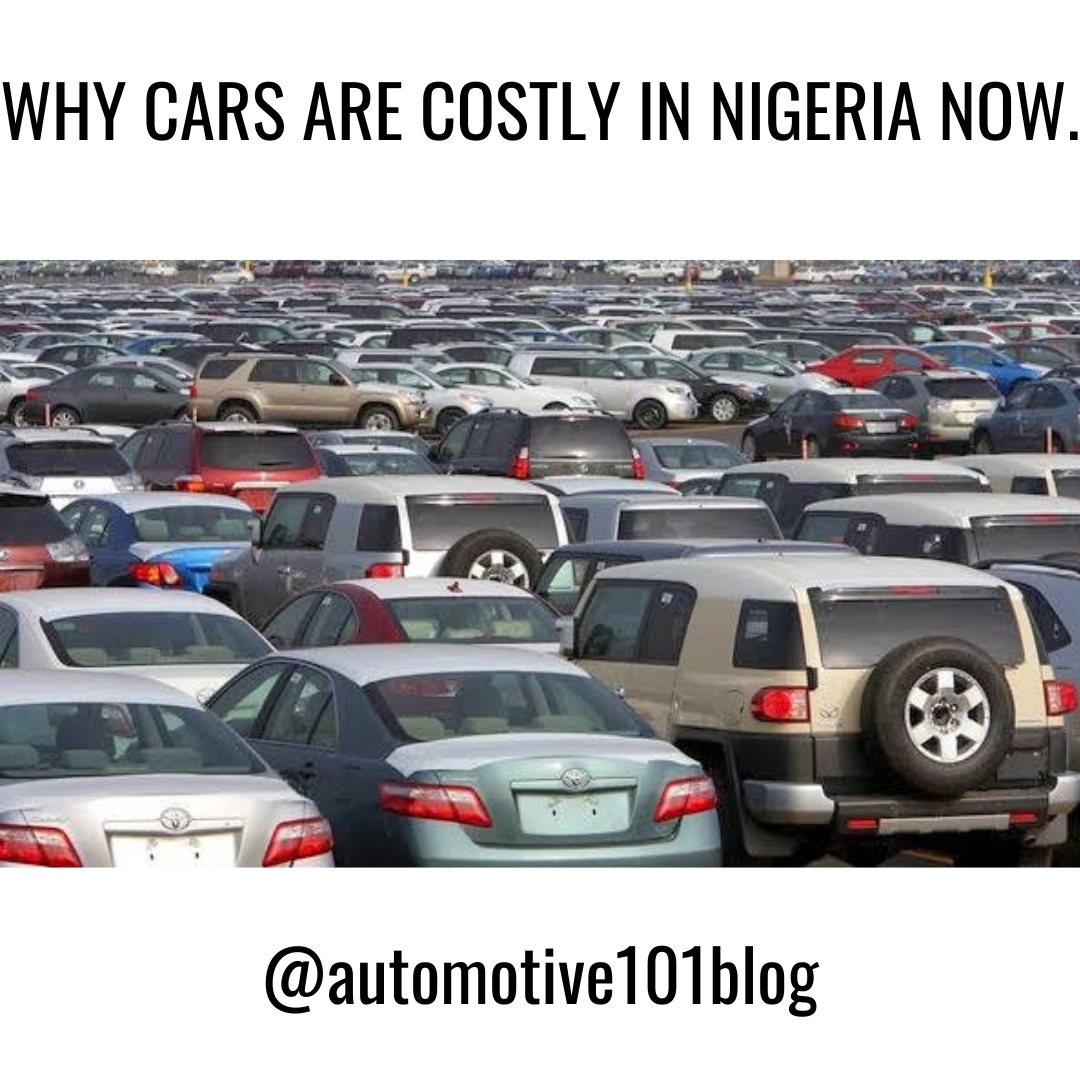Car dealers and importers are finding it real hard these days.
Are you aware that customs have increased duty up to 5 times this year (2024) alone, i mean from January- February?
Customs on their own are even complaining because no much goods coming in again
Below are the new cost of clearing some of the most common cars we use here and as am writing the prices may have changed again.
1. 2019 Toyota RAV4 = N9,570,000
2. 2004 - 2014 Toyota RAV4 = N4,050,000
3. 2012 Toyota Tundra = N2.3M
4. 2005 - 2015 Toyota Camry = N3,450,000
5. 2008 - 2014 Honda Accord = N3,750,000
6. 2010 Mercedes Benz C300 = N6.9M
7. 2005 - 2014 Toyota Corolla = N3M
8. 2010 Toyota Tacoma = N1.9M
9. 2010 Mazda CX-7 = N4.2M
10. 2005 - 2014 highlander = N5.3M
11. 2016 Highlander = N7,150,000
12. 2007 - 2013 Avalon = N5.5M
13. 2008 Lexus ES350 = N6,050,000
14. 2009 Lexus RX 350 = N6.7M
NB: The above prices are for clearing alone not cost of buying and shipping the car from USA.
Now lets do more calculations.
If your to import a 2005 corolla into Nigeria now with dollar rate of $1 - N1,6000
Clearing = N3m
Shipping (assuming you wer charged $1,300 by N1,600 ) = N2,080,000
Cost of shipping + clearing is already N5,080,000 now add cost of buying the car abroad + cost of moving it to the port were the car will be shipped.
So when the car enter Naija how much you wan sell am?
Answer the question by yourself.
Nigerians is it not time we think outside the box?
Why not patronize made in Nigeria vehicles?
Why not buy brand new car than scrap scavenged 25 years car.
Why not petronize Innoson Vehicles than allowing other neighboring african countries enjoy them.?
So Lets face the reality and carry our cross.
Welcome to Nigeria.!
On your Mandate we stand.!!
Lets remain calm and law abiding so that this government will favour us.
©️Engr Gozie Atueyi.

Comments
Post a Comment
Wish to leave a message?